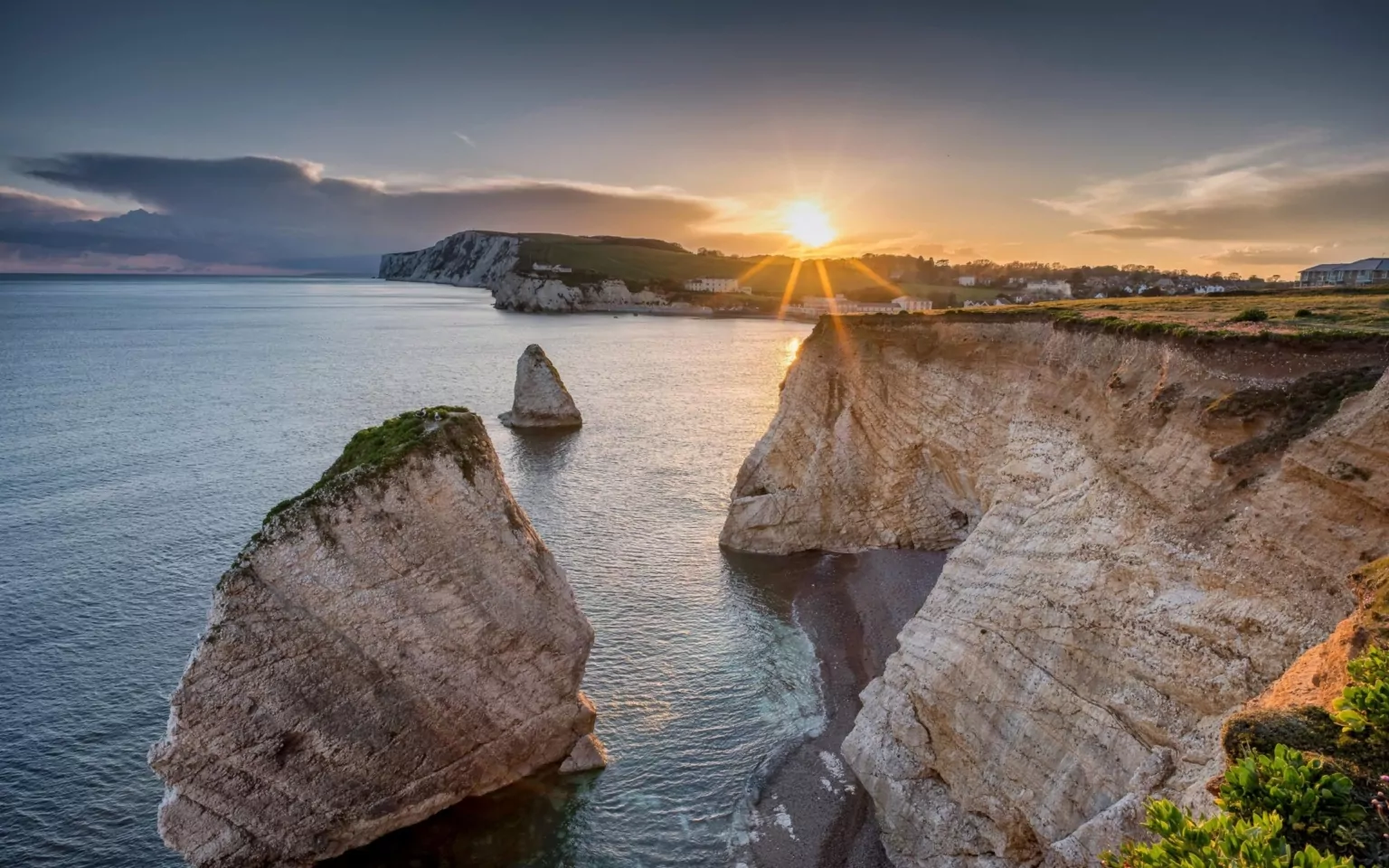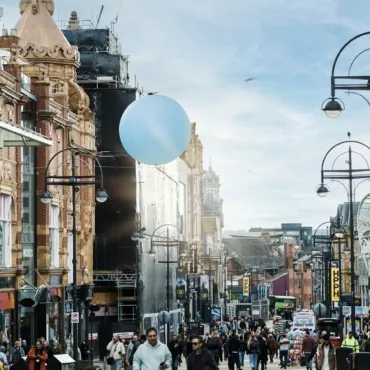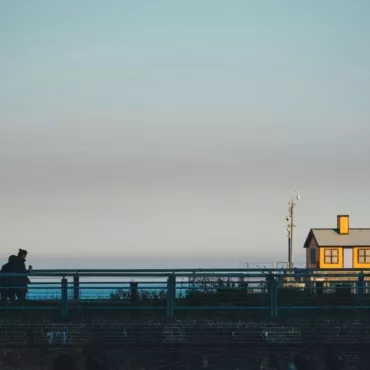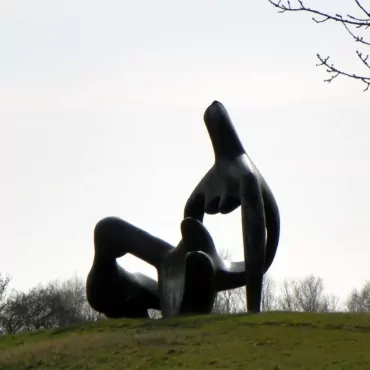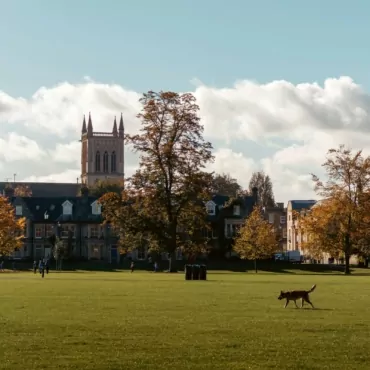Through the fates of people, monuments and events that took place on Isle of Wight, Stephen reveals the close historical connection between our two countries – Britain and Russia. But the biography of the writer himself also has deep Russian roots – his grandparents, who bore the surname Romanovsky, fled the post-revolutionary country in 1920. Having miraculously made it to Romania first, they traveled a long and difficult road to settle in England.
Our introduction to the island began with Stephen’s account of the visit of Peter the Great, who came to Isle of Wight in 1698 to study shipbuilding. The event was significant because it was local English shipbuilders, led by John Perry, who then came to Russia to help the Tsar form the Russian navy. Engineer and Captain Perry, whom Peter invited during his Great Embassy to Western Europe, contributed greatly to Russia’s emergence as a maritime power and played a key role in the establishment of the shipyard in Voronezh, Russia’s first admiralty.

Another important historical episode occurred in August, 1909. During Cowes Week, a yacht regatta that is still considered one of the most prestigious in Europe, the island hosted the Russian royal family. Headed by Nicholas II, the couple arrived on the Emperor’s favorite yacht “Standart”.

Nicholas II and George V were cousins, which is also part of the strong bond between the two monarchies. Today there is a monument to the Russian royal family on the island. It was unveiled on the anniversary of their deaths in 2018 and contains a pinch of earth from the Romanovs’ burial site in Yekaterinburg.


Another significant landmark on the island is the majestic Osborne House, which was a favorite of Queen Victoria and Prince Albert. Victoria died here in 1901 and the house has not been used as a residence since. The huge park around the estate, where many of the trees were personally planted by Prince Albert, slopes right down to the sea, offering stunning views of the Solent Strait. The future Empress of Russia Alexandra Fyodorovna (aka Queen Victoria’s granddaughter) loved to spend time here as a child.



In parallel with the kings and kings, the island was embraced by anti-monarchists, who organized a summer residence for radical political thinkers in the seaside town of Ventnor. The revolutionary Alexander Herzen, who at that time published the first Russian revolutionary newspaper “Kolokol”, often visited the residence there; at his invitation Pavel Annenkov and Ivan Turgenev visited the residence – he liked to stroll along Blackgang Chine and look there for inspiration for his works. Because of the large number of Russians, at one point the city was even ironically nicknamed “Ventnorgrad”.
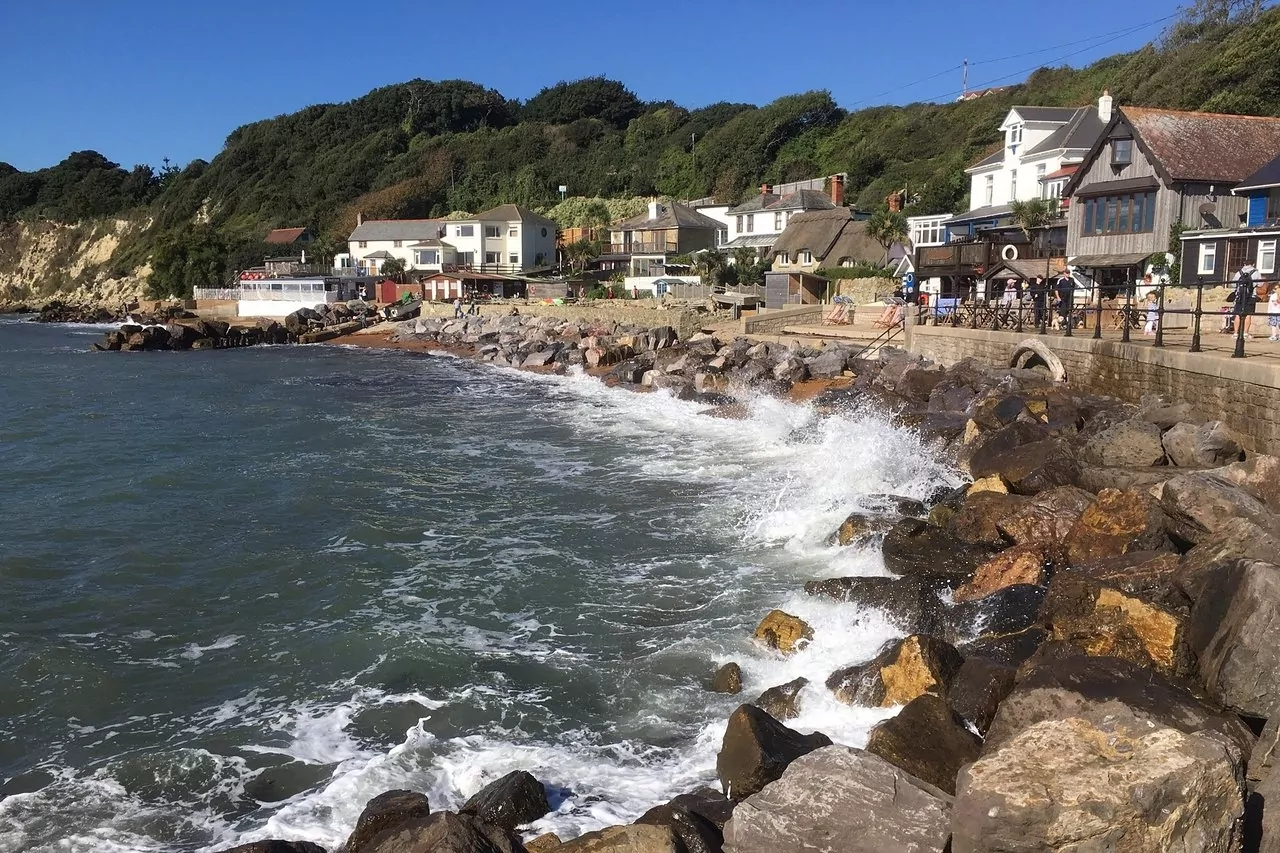
The Isle of Wight has been and continues to be a destination for many famous people. The home of the famous English poet Alfred Tennyson Farringford House, located in the Freshwater neighborhood, was the next location of our trip. The estate was the center of cultural life at the time and attracted people such as Lewis Carroll and George Eliot. Tennyson himself and his wife were frequent guests at the V&A’s residence at Osborne House, where the poet often read his poems to the Queen and the Prince.



Not far from Farringford House is Dimbola House, the home of Tennyson’s friend Julia Margaret Cameron, a prominent Victorian photographer known for her portraits of celebrities including Charles Darwin and Thomas Carlyle. Her exhibition recently concluded at the National Portrait Gallery in London.

Among the great minds whose stories are recorded on the Isle of Wight is also the eminent architect John Nash, recognized for his work in London (Regent’s Park area, All Souls Church, St. James’s Park and the Trafalgar Square project) and beyond. Nash designed several buildings on Isle of Wight, including the Guildhall in Newport and St. Mildred’s Church near Osborne House, where there is a memorial to the Romanovs.
In 1798, Nash purchased a tract of land in East Cowes and built East Cowes Castle, which became his country residence. On the Isle of Wight the architect spent his last years and it was there that he was buried.
Today, Isle of Wight continues to attract attention and remains an integral part of Britain’s historical and cultural heritage. Members of the British royal family, including Prince Philip, who was a member of the Royal Yacht Squadron, the Royal Yacht Club, founded in 1815 and based in Cowes, have and are frequent visitors to the island. By the way, it is this club that holds the famous Cowes Week regatta, which we mentioned above, and where Nicholas II and his family arrived in 1909.

If you want to know more about the Isle of Wight, we suggest reading Stephen Roman’s book, which has a special promo code from ZIMA for purchase: JUNETOUR24.
Buy the book “Isle and Empires. Romanov Russia, Britain and Isle of Wight” can be found at the link.
